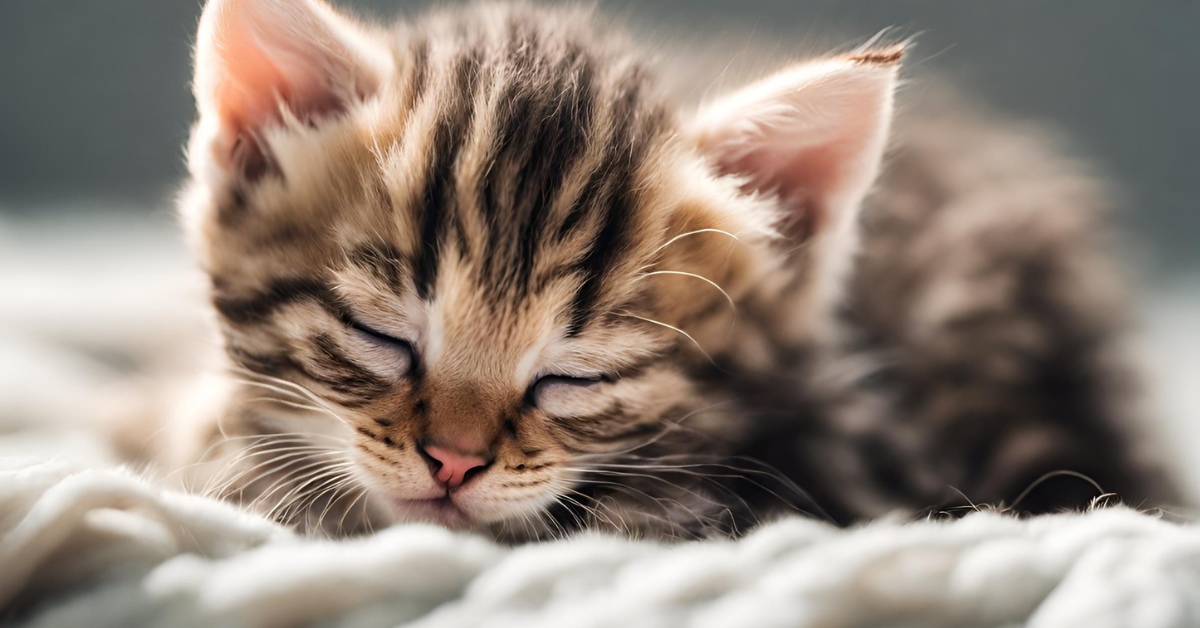If you are going to adopt one into your Family it is important to know all the basic needs of that pet. You Should also be aware of the apossibilityble that may develop it. To ensure Better Pet care We’ve created a List of the 10 most commdiseasesase and Health Problems in cats.
1-Feline Infectious Enteritis
This is a disease brought about by cat parvo infection somehow or another connected with canine parvovirus it is also known as irresistible gastroenteritis the virus happens from contact with the natural liquids of a tainted feline
Most Common Symptoms

- Diarrhea
- Fever
- Dehydration
- Hypothermia
- depression weakness
- Anorexia additionally when performing a blood test
- vomiting
2-Feline Pneumonitis
This respiratory disease is produced by bacteria which generates a series of infections known as chlamydiosis (Chlamydia sexually transmitted infection (STI) that’s caused by a bacteria called chlamydia trachomatis)it is also spread by direct contact with fluids and bodily secretions it is not a fatal disease in itself however there are potentially fatal complications so a vet’s visit is the necessity to ensure correct treatment.
Most Common Symptoms of Feline Pneumonitis
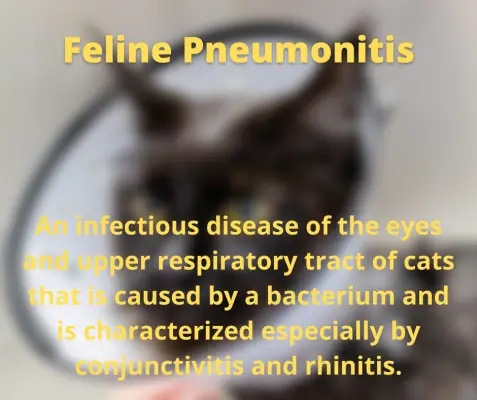
- Abundant ocular discharge (which may be greenish or yellowish)
- Sneezing
- Excessive tearing
- Conjunctivitis reddened
- Painful eyelids
- Coughing
- Fever
- Nasal mucus
- Loss of appetite
3-Feline Leukaemia
This is a viral sickness brought about by an unco new infection the word for an infection which can cause malignant growth it is sent to re-contact with natural liquids, for example, spit blood pee, or even lactation during pregnancy the infection influences our feline’s white platelets which are important for their invulnerable framework this brings down our felines regular protections and makes it more in danger of contamination and different complexities it is one of the most serious cat illnesses because of the simplicity of transmission and the possibly deadly harm it causes to the body the side effects of leukemia are changed and rely upon the overall wellbeing status of the creature.
Most Common Symptoms
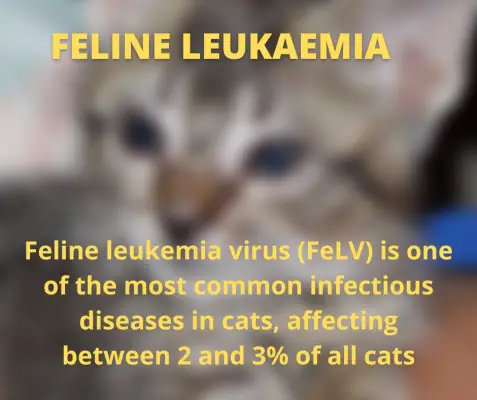
- fever
- swelling of the lymph nodes
- skin lesions
- Loss of appetite
- gastrointestinal disorders
- weight loss
4-Feline RhinoTracheitis
In Feline RhinoTracheitis You’ll discover a significant drop in white blood cells this disease is deadly and we need to act quickly to separate this cat from any healthy cats with which they may come in contact the virus that causes this specific sickness is a kind of the herpes infection the infection lodges in the Airways making contaminations the respiratory framework somewhere in the range of 45 and 50 percent of respiratory illnesses.
Most Common Symptoms of Feline RhinoTracheitis
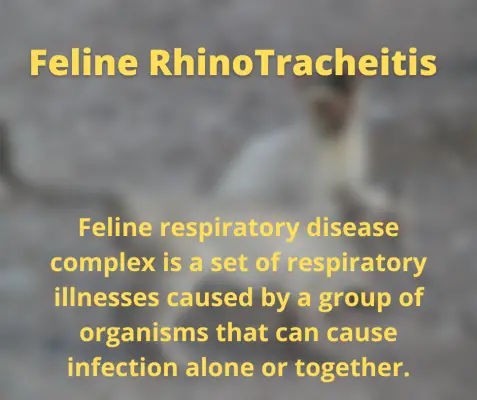
- Sneezing
- Fever
- Conjunctivitis
- Nasal mucus
- Ulcers in the cornea
- Lacrimation
5-Feline Influenza (Respiratory Disease)
Cat Influenza is for upper respiratory infections caused by certain cat bacterial infections and viruses. Cat Influenza is a virus that much likes human flu which can leave them with a fever and runny nose and eyes. Cat flu is commonly not found in healthy cats. But it can be serious in kittens and adult cats with underlying illnesses.
The most common symptoms of Feline Influenza
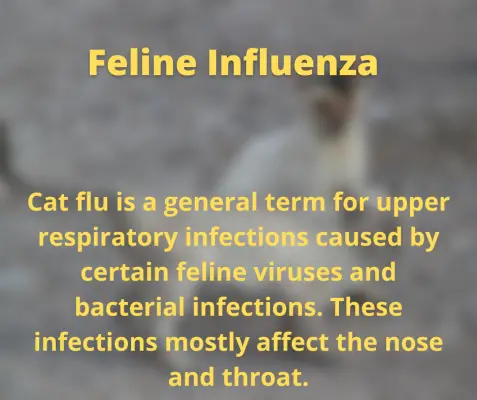
- Fever
- Sneezing
- Cough
- Runny Eyes and Nose
- Depression
- Mic Breathing
- Loss of Voice
- Excess Salivation
- Sore Throat
- Mouth Ulcers
- Dribbling
- Ulcers (in some cases)
6-Feline Calicivirus
It is spread by contact with fluids such as nasal secretion and saliva there’s no specific treatment for the disease itself only the treatment of its symptoms the cats
Most Common Symptoms of Feline Calicivirus
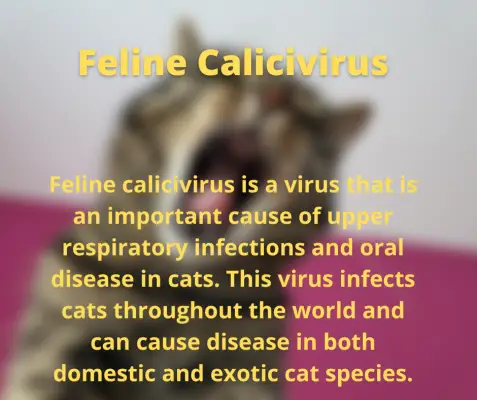
- Sneezing
- Fever
- Excess Elevation
- Ulcers(Some Cases)
- Blisters in the mouth and on the tongue
7-Renal Failure
Overall the kidneys are liable for filtering and eliminating harmful substances from the body through Europe when there is a disappointment in this sifting framework renal disappointment can happen the most notable purposes of renal disappointment incorporate kidney harm from poisons or botched meds genetic polycystic kidney illness especially normal in Persian Cats growths more established felines north of 15 years of age and bacterial contaminations
Most Common Symptoms of Renal Failure
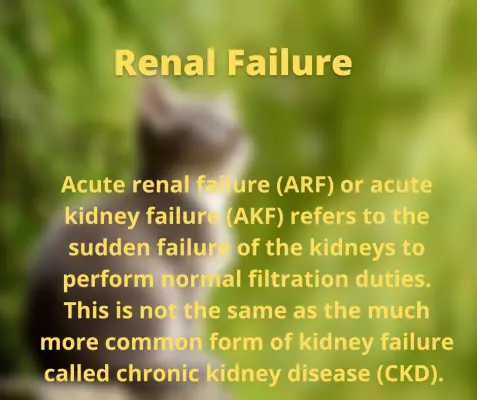
- loss of appetite
- Increased thirst
- increase in urination depression
- Vomiting diarrhea pale mucous membranes
- Dehydration hair loss bad breath and
- Ulcers in the mouth and/or in the stomach
8-Feline immunodeficiency virus (FIV)
Feline immunodeficiency virus (FIV) is one of the most well-known and significant infectious Diseases of felines all over the World. In tainted felines, FIV Attacks the Immune system, leaving the feline powerless against numerous different diseases. Although Cats infected with FIV might seem normal for a long time, they ultimately experience the ill effects of safe lack, which permits regularly innocuous microscopic organisms, infections, protozoa, and parasites tracked down in the ordinary climate to cause extreme diseases possibly. However there is no remedy for FIV, ongoing examinations recommend that felines with FIV usually carry on with normal life expectancies, for however long they are not additionally tainted with cat leukemia infection.
Most Common Symptoms of Feline AIDS
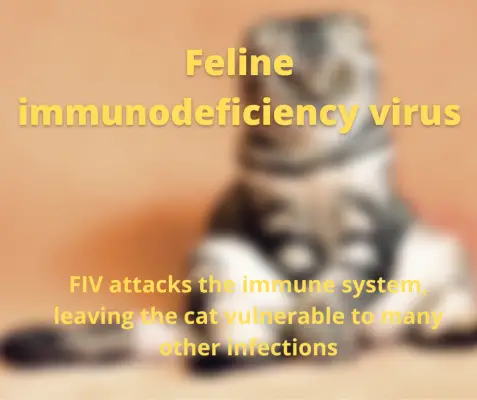
- Dermatitis
- Depression
- Loss of appetite
- Weight loss
- Mouth and Gum disease
- Persistent Diarrhoea
- Vomiting
- Anaemia
9-Infectious Peritonitis
Feline infectious peritonitis(FIP) is a significant illness of homegrown felines. It happens overall in felines, everything being equal, yet the sickness is most normal in youthful felines under two years old. This Disease can lead to the death of an affected feline work is being done to find a reliable vaccine but it’s hindered by developing resistance to this disease due to exposure to other infected cats the virus which causes the disease is a coronavirus which more commonly affects younger or older cats its contagion occurs most often through contact with the stool of infected cats a healthy cat can become infected by smelling this fecal matter and the virus gets introduced through the respiratory tract
Most Common Symptoms
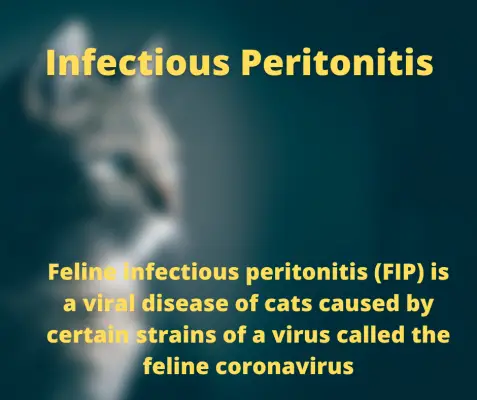
- anorexia
- Increase in size of the abdomen
- Accumulation of fluid
The virus attacks white blood cells if it occurs in the pleura it produces pleuritis and if it affects the peritoneum it produces comparative itis there is a vaccination against this disease but once contracted there is no cure and is usually fatal this is a very common problem in domestic cats with serious consequences including a reduction in life expectancy
10-Feline Obesity
In general sterilized cats usually suffer from such conditions more than unsterilized. However, it can develop in any cat without an appropriate diet and which leads a sedentary life
Obesity in cats is related to diseases and health problems such as increased levels of bad cholesterol, diabetes, respiratory failure, fatty liver hypertension, and urinary tract infections this is the alteration in the function of the kidneys and is a disease that only is controlled and cured.
Most Common Symptoms
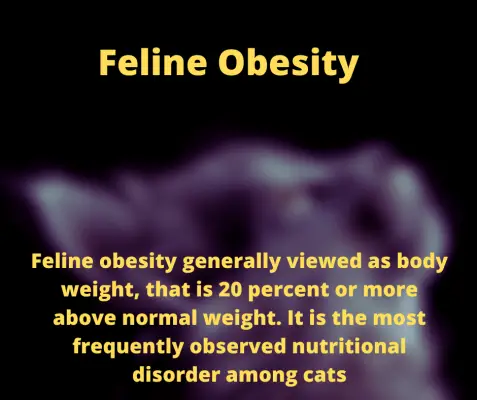
- Sitting or lying down more
- Not showing willingness to get up
- Loss of a visible waistline
- Looking down from above
- Cat’s back appears Flat
- Profile looks Rectangular
How to Prevent Cat’s Disease?
You can prevent these diseases most of the conditions and health problems mentioned here are prevented by utilizing adequate preventive medicine based on appropriate vaccinations and deworming schedules this is why it is so important to follow these schedules in conjunction with veterinary checkups also as soon as the onset of symptoms is witnessed take your cat to the appropriate specialist.







